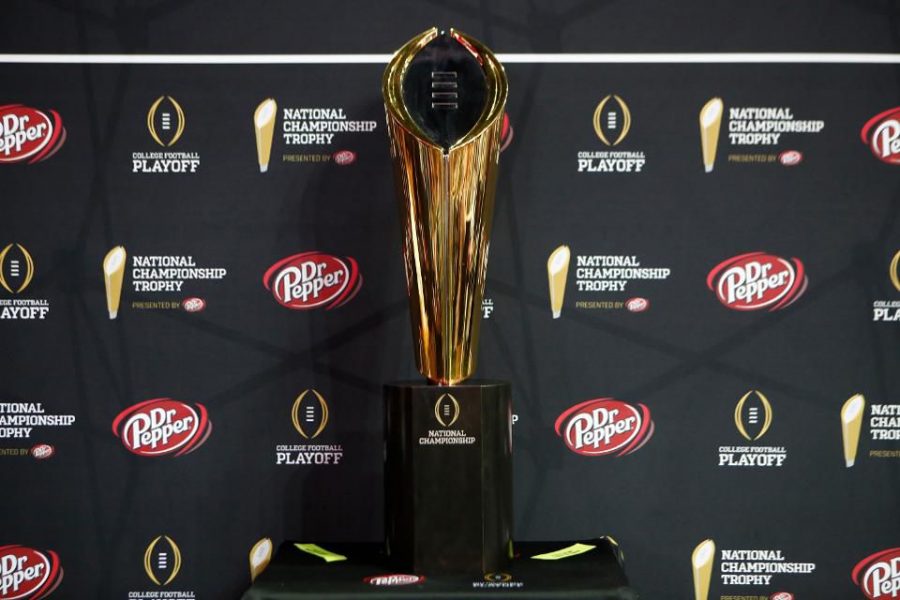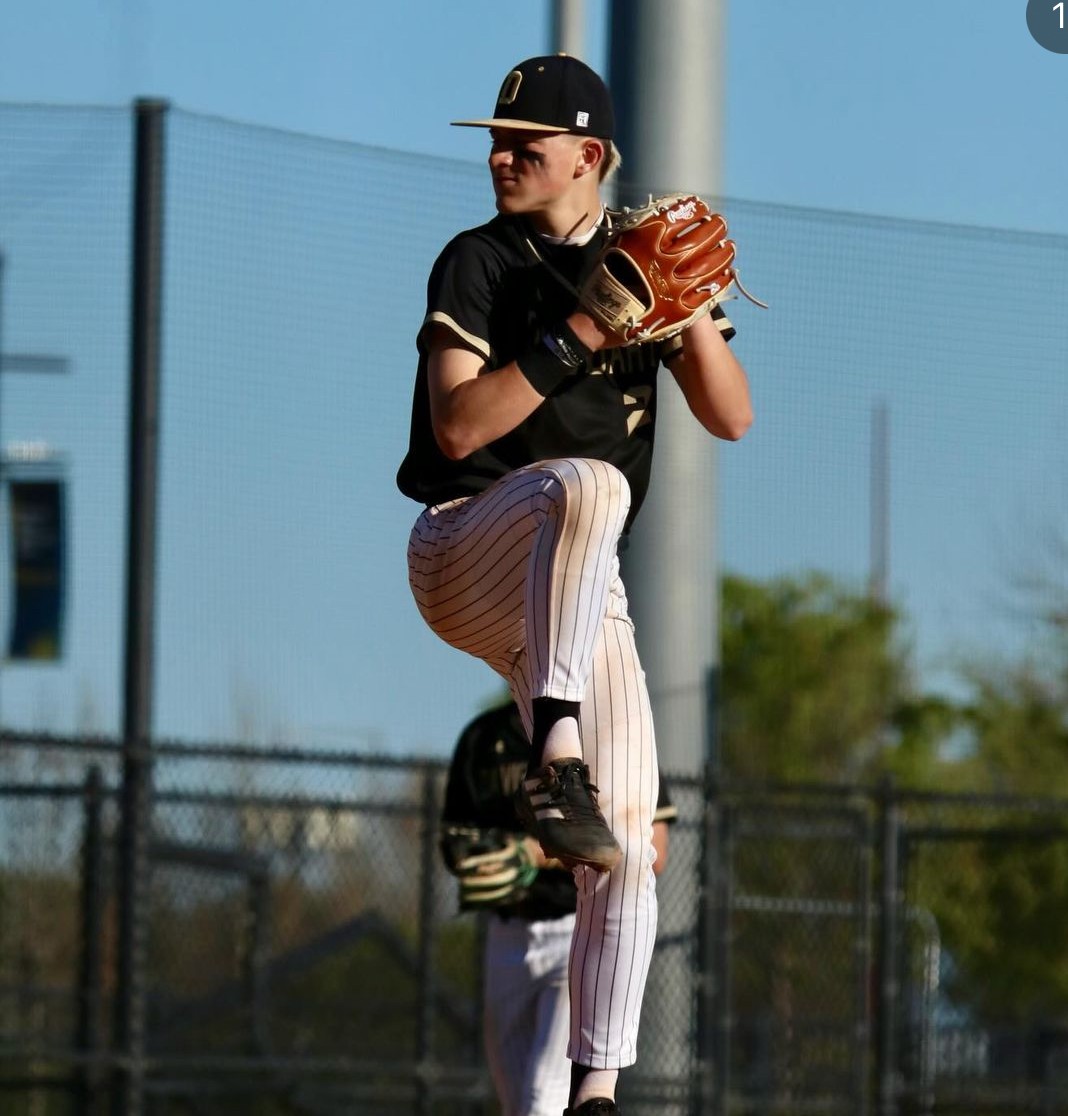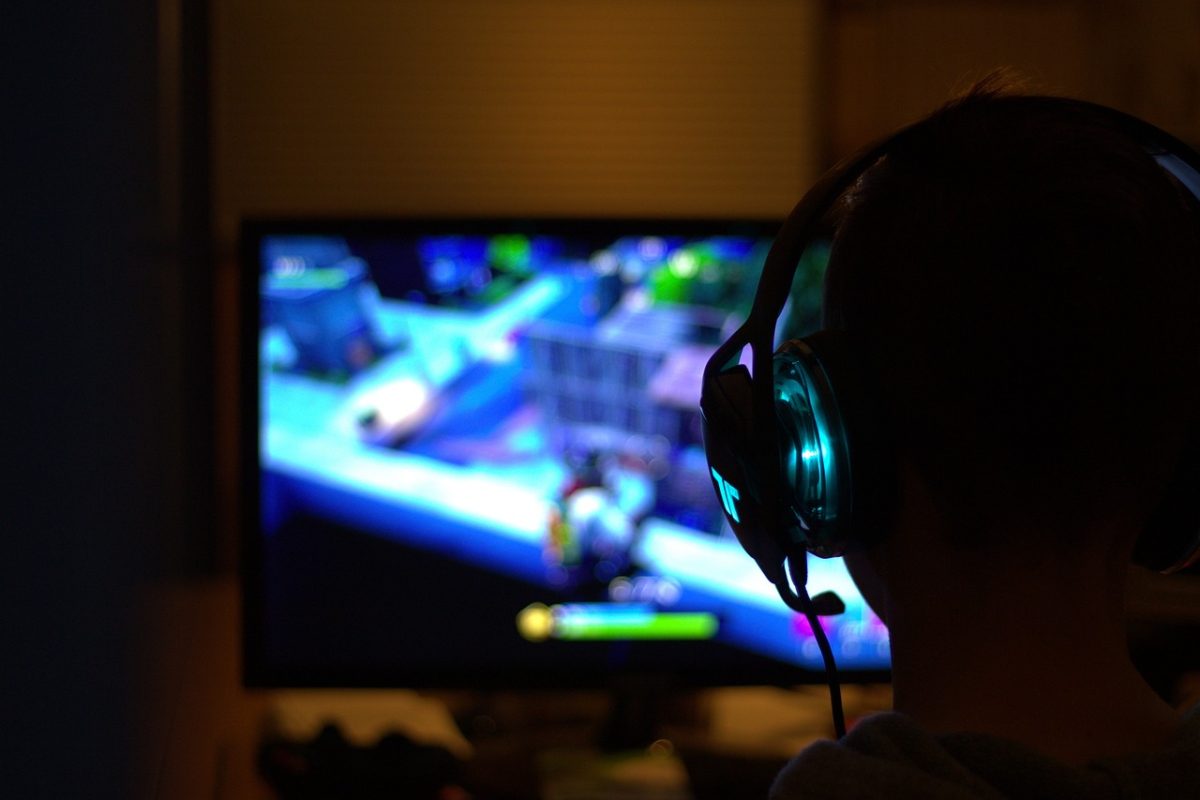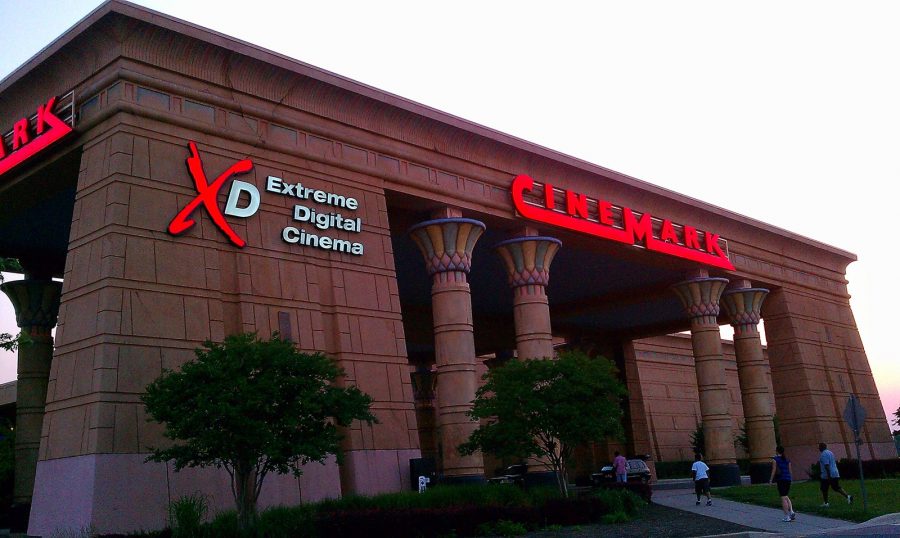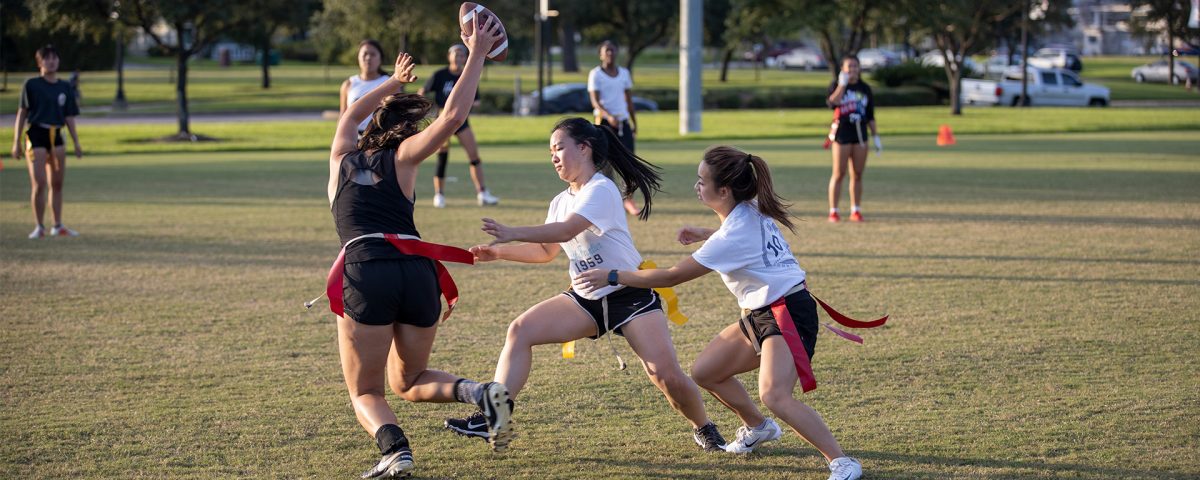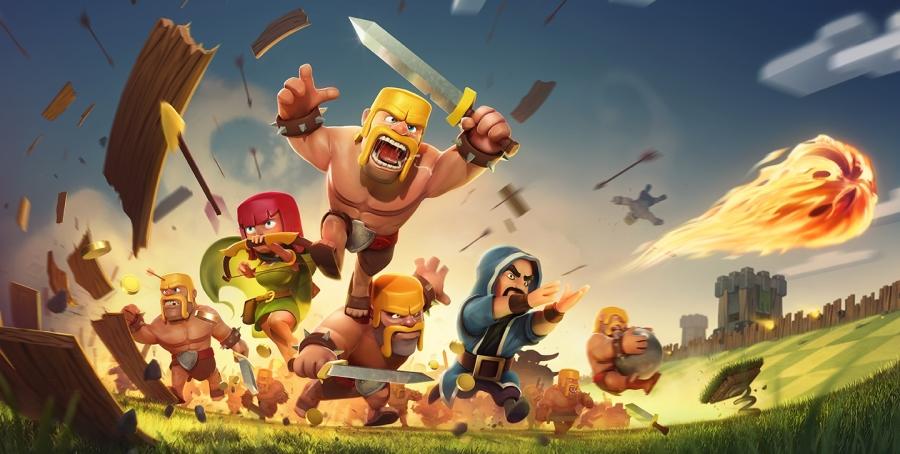Angry Birds flew into the final frontier of gaming with the launch of Angry Birds Space on Mar. 22. The game combines the original feathery fiends, but with a new gravitational twist.
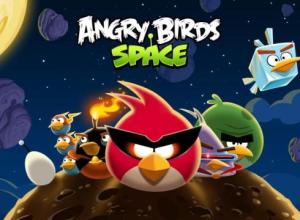 Physics is a main player in the game. In the original, what goes up always comes down. In Angry Birds Space, however, it demonstrates that an object in motion will remain in motion unless acted upon by an unbalanced force. A bird shot straight up will continue to fly upward unless it flies into a gravitational field. It will be pulled into an elliptical orbit until it eventually crashes into an object’s surface.
Physics is a main player in the game. In the original, what goes up always comes down. In Angry Birds Space, however, it demonstrates that an object in motion will remain in motion unless acted upon by an unbalanced force. A bird shot straight up will continue to fly upward unless it flies into a gravitational field. It will be pulled into an elliptical orbit until it eventually crashes into an object’s surface.
The cast is only slightly different from the originals. The Red Bird returns, but with a futuristic superhero-like mask. The Blue Bird that burst into three separate birds flaunts a similar style. The same holds true with Bomb. The Yellow Bird is now Lazer Bird, who, with a single tap, will zoom in the direction of the tap. Big Brother’s only change is that he’s now green. Ice Bird is the new bird who will freeze anything he touches.
Angry Birds Space demonstrates amazingly accurate physics concepts. If the tip of an object touches a gravitational field of a planet, the entire object will crash towards the planet’s surface. If a bird doesn’t a high enough velocity when it touches the pulsing gravitational field, then it will skip off of it.
The pigs float around the screen in either air bubbles or makeshift spaceships. When the bubbles are popped, the pigs instantly freeze and then disappear in a puff like in the original. Clouds comically hover in the background of space.
From planets, blackholes, and suns, Angry Birds Space isn’t just a sequel, it’s on a whole other planet.


